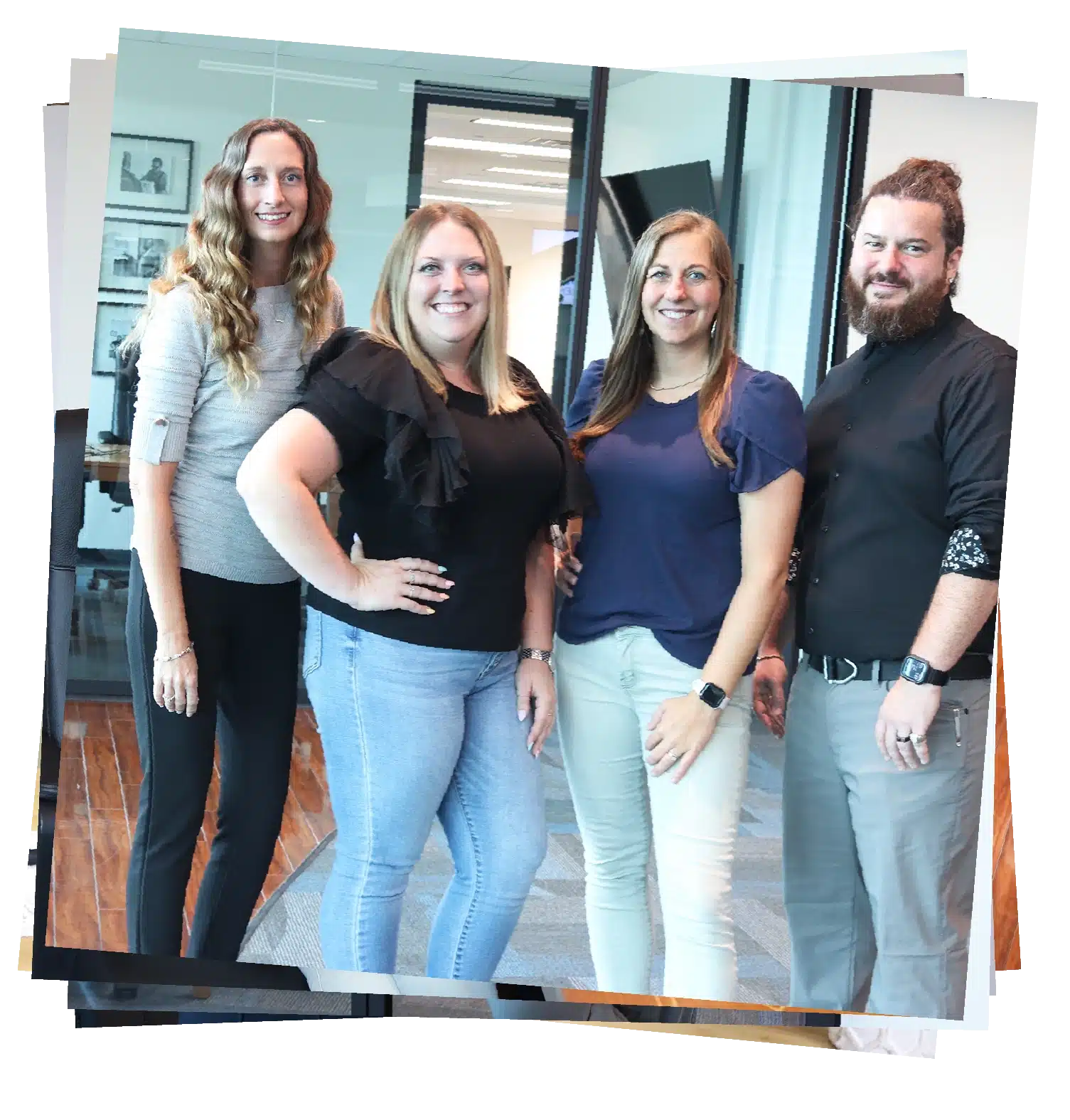There is no elephant in the room. We all know that today’s economy has shifted, but that’s not necessarily a bad thing. In times of a changing economy, new opportunities open up that often end up challenging businesses to stretch and grow for the better.
Often, because of uncertainty and the fear of the unknown, a business’s first reaction is to cut spending, and marketing is often first on the list. Reducing spending can result in short-term protection, but it can also cause long-term consequences.
As the U.S. economy begins to open its doors again, your business will have the opportunity to shift from surviving to thriving in your market.
The end goal is for your business to thrive, but what does that look like from a marketing perspective? The short answer is, through an integrated marketing approach, you reach, engage, and convert your intended audience into loyal customers. The challenging part is that there is no “one size fits all” approach to get this result. And when marketing budgets are cut, your ability to reach your full audience through integrated marketing is virtually impossible.
Now, enter a changing economy, and you may be left wondering if the marketing strategies you used in the past will work today. Consumers’ buying habits will undoubtedly change in this new economy, but new consumer segments have also opened up.
It is essential to keep in mind that the global consumer was already evolving at high speed. But because of the COVID-19 pandemic, that evolution is now playing out faster than anyone could have imagined.
This is where your shift from surviving to thriving needs to start. Your business must anticipate what kind of consumer is emerging so that your marketing can be ahead of the curve, and you can develop the strategies and capabilities to be relevant to this new market.
Some consumer behaviors will be temporary reactions to the changing circumstances, and some will be fundamental shifts. A consumer survey conducted by the EY Future Consumer Index shows consumer spending today falls into four categories:
- 38% of consumers are not worried about the pandemic and are pessimistic about long-term effects.
- 27% of consumers have cut spending and are spending less across all categories.
- 26% of consumers are staying calm and have not changed their spending habits.
- 10% of consumers are optimistic about the future and are spending more.
Technology is creating a new, smarter consumer. So, what does your business need to change in order to stay relevant in today’s economy? How does your marketing need to change so you stay relevant to their needs and wants?
What you knew about your customers has most likely changed. This is where your marketing efforts need to start. Using qualitative and quantitative research to gain insights from your customers on their changing buyer’s journey will provide your business with the right foundation to develop your new integrated marketing strategy.
Understanding your customers’ fears and concerns about this new economy as well as gaining insights into changing buying behavior will help you develop the right message and deliver it at the right time. That will help you anticipate how the world has changed for the consumers while allowing you to shape a future where your business will thrive.
Ready to put this into an application for your business? Stay tuned for the next lesson on gaining insights into how your customers’ buying habits have changed in 2020.









